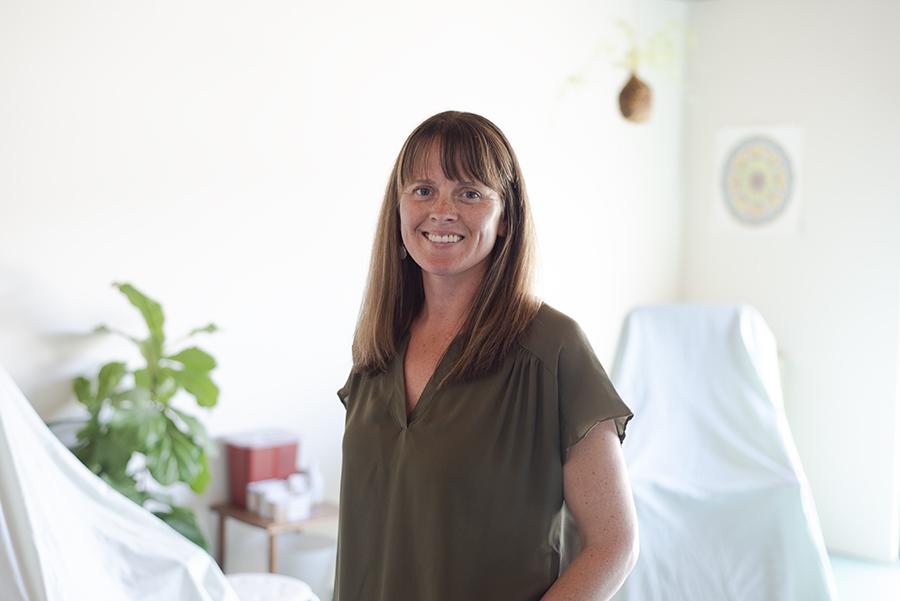Through a new partnership with the Coastal Health Alliance, Alexis Richardson is expanding her mission to bring affordable acupuncture to West Marin. Last week . . .
Health alliance adds acupuncture to its offerings


Through a new partnership with the Coastal Health Alliance, Alexis Richardson is expanding her mission to bring affordable acupuncture to West Marin. Last week . . .